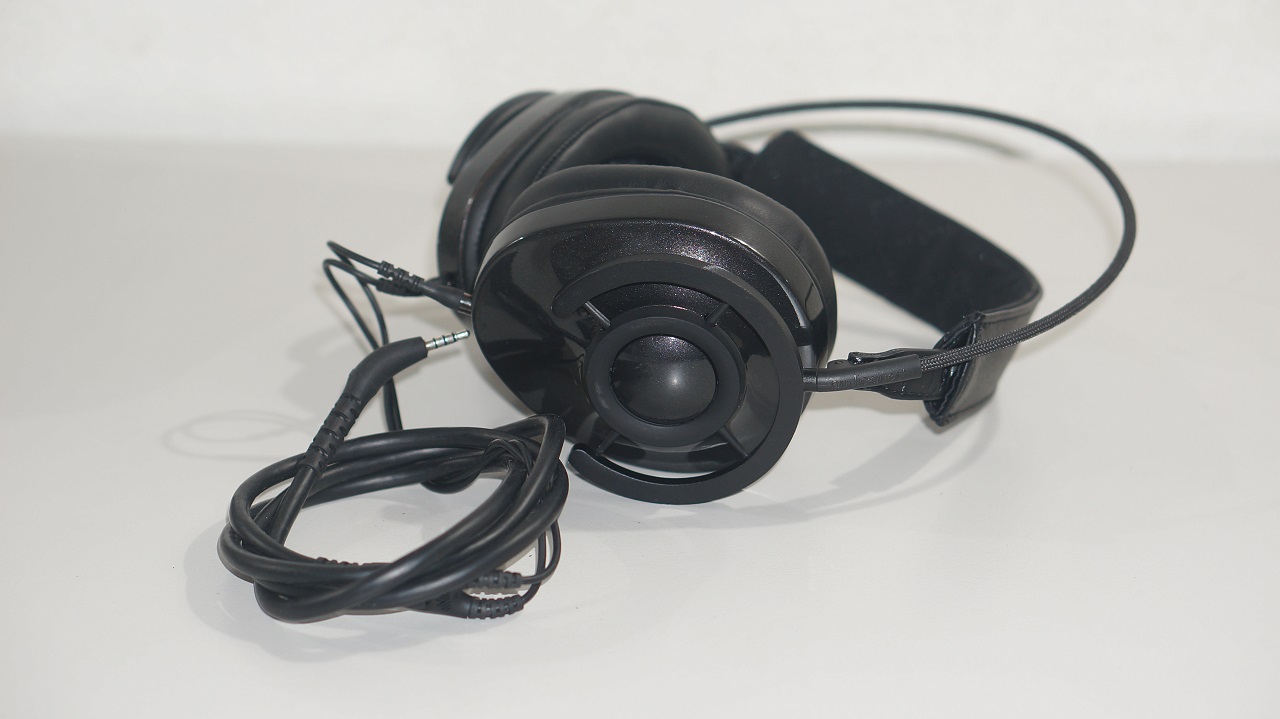Higher-end sealed headphones don’t usually give out a good price-performance ratio mainly because they don’t really deliver the same type of performance that their open back counterparts usually have. Until that time comes, the only allure of getting a headphone of this type is you get some noise isolation and no leakage which are both perfect for office work environments or studio applications. Does the Audioquest NighOwl fit in either of those applications? Well, let’s find out.
Overview
Audioquest is more known for making audio cables and accessories but there was a period when they might have thought “why not give headphones a try”. Lo and behold, the NightHawk and NightOwl were born.
The Nightowl is a closed-back full-size headphone that is clearly being marketed to audiophiles. Retailing for a whopping 39,500 pesos, the NightOwl promises a detailed but fatigue-free listening. The actual packaging is straightforward and in my opinion, complements the look of the headphone.
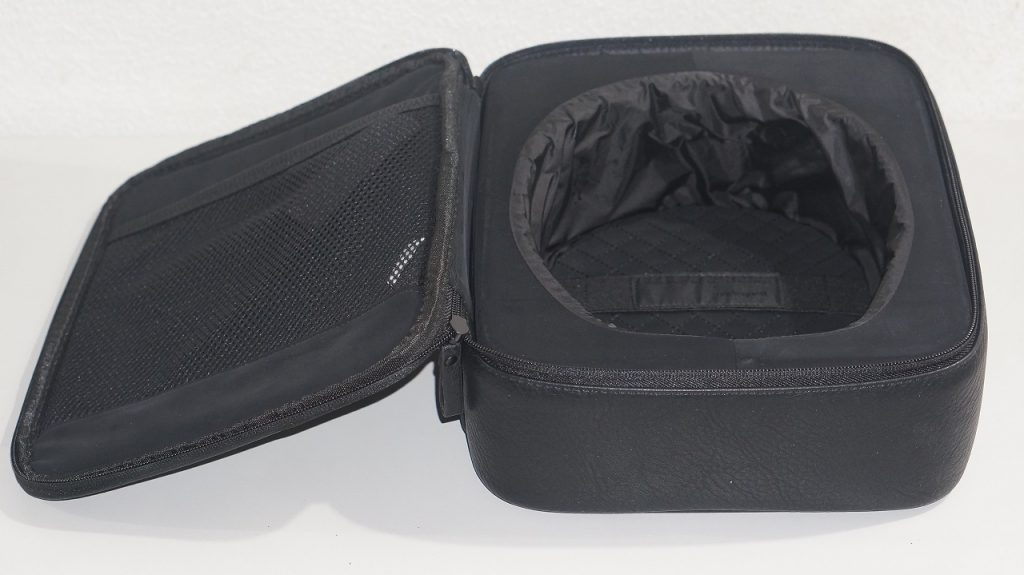
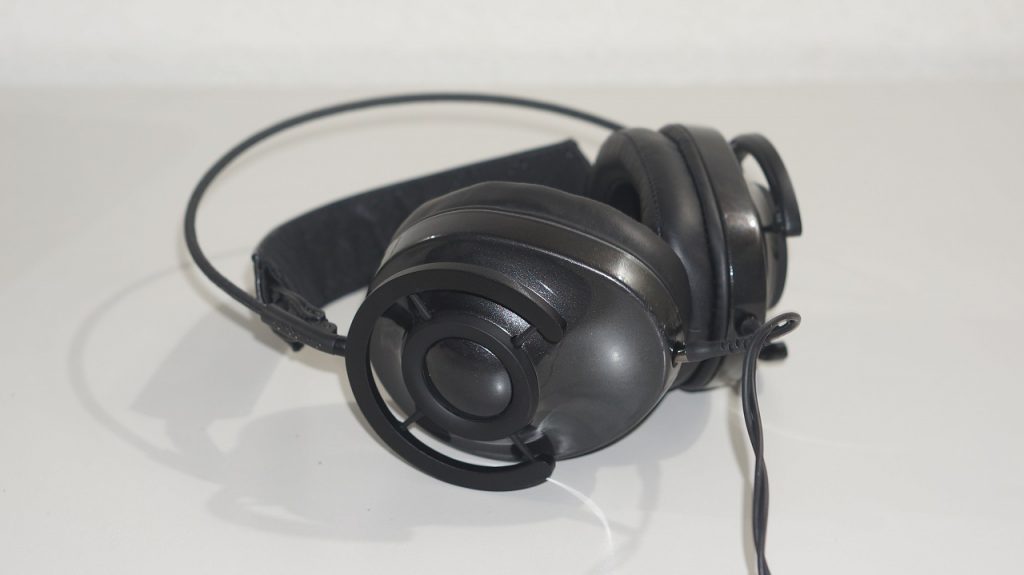
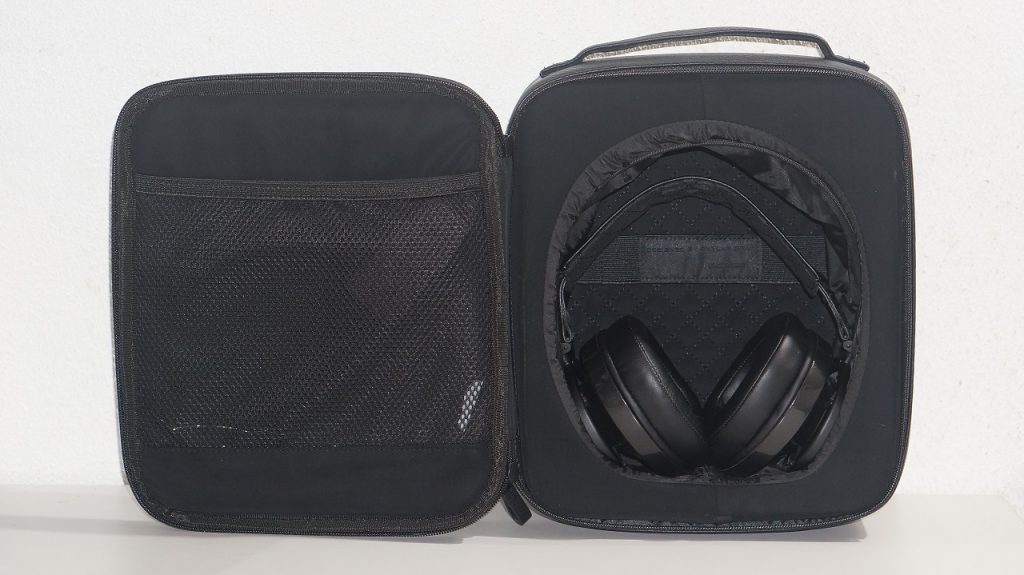
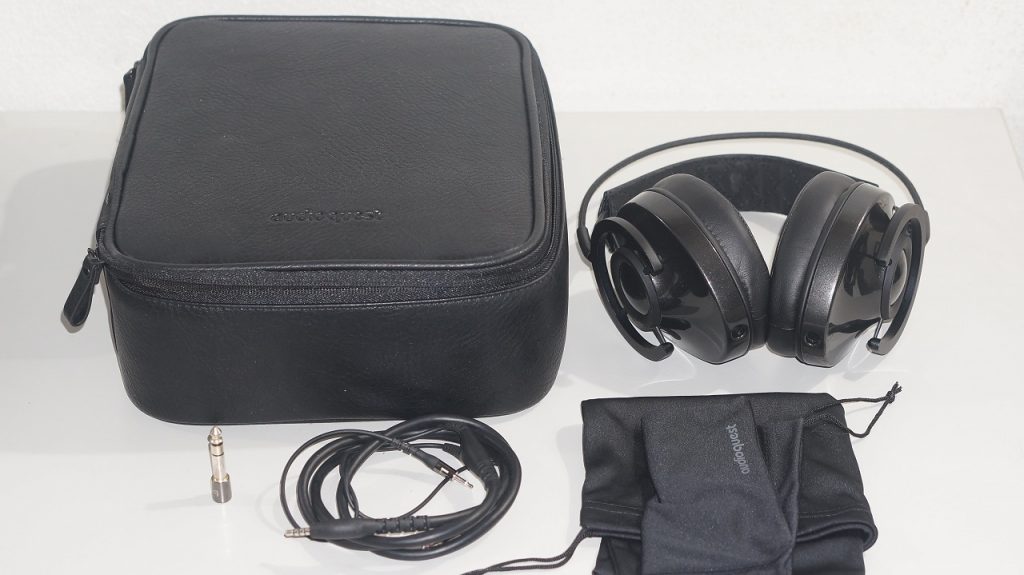
Inside the luxurious leather case, you’ll find 2 drawstring bags (1 for the headphone, the other for the cable), 2 cleaning cloth (1 for the plug, the other for the headphone), a quarter-inch adapter, the actual cable, and of course the headphone.
The leather case doubles as the actual packaging of the headphone which minimizes waste while reinforcing practicality. I wish more headphone manufacturers would start taking this similar approach as opposed to the current way which makes use of a bunch of cardboard box and plastic materials.
Build Quality
The build of this headphone is superb but I feel it’s not that apparent if you’re used to the more traditional way a headphone is built.
It starts with what they call as a patent-pending suspension system that prides itself on having as few moving parts as possible, hence a one-size-fits-all type of fit. A lot of the materials used are highly flexible which allows you to bend and adjust the fit easily without necessarily changing anything.
The earcups are made of liquid wood and are absolutely gorgeous and premium to look at. In Audioquest’s own words, liquid wood is “an actual wood that has been combined with reclaimed plant fiber, heated, liquefied, and processed in such a way that it can be injection molded“. No idea how to explain that but it feels premium and quite dense to touch.
Inside that casing is a pair of bio-cellulose drivers that are as environment-friendly as it gets while being still rigid that makes for a well-behaved sound.
The only thing that I do not like about this headphone is the cable that it comes with. It’s a Y-shaped cable that has a one-button remote for controlling music and accepting calls. The problem is the thicker cable after that. It’s just way too thick and stiff, often bunching up making it very impractical to use for almost any type of application.
Yes, I know this is a high-quality cable which is what Audioquest is known for but I would’ve liked an additional thinner cable or having this stock one less thick than what it is.
Isolation and Comfort
The large earcups, soft pads, and lightweight construction all contribute to a very comfortable listening experience. The suspension strap type of fit has really come a long way from the AKG and Audio-Technica days where they weren’t nearly as comfortable to what Audioquest has done with their headphones.
The protein leather earcups are plenty roomy and also the cups aren’t as shallow so my ears aren’t touching the actual baffle plate. I can wear this headphone for hours and not get any kind of fatigue from it.
Noise isolation is average as I kinda expected. The NightOwl is essentially a closed version of NightHawk and usually my experience with expensive sealed headphones like this is they’re never as isolating as their cheaper counterparts. Perhaps this is because manufacturers want to still mimic the spaciousness of open headphones so they can justify the premium price offer.
Page 2: Sound Quality & Conclusion


